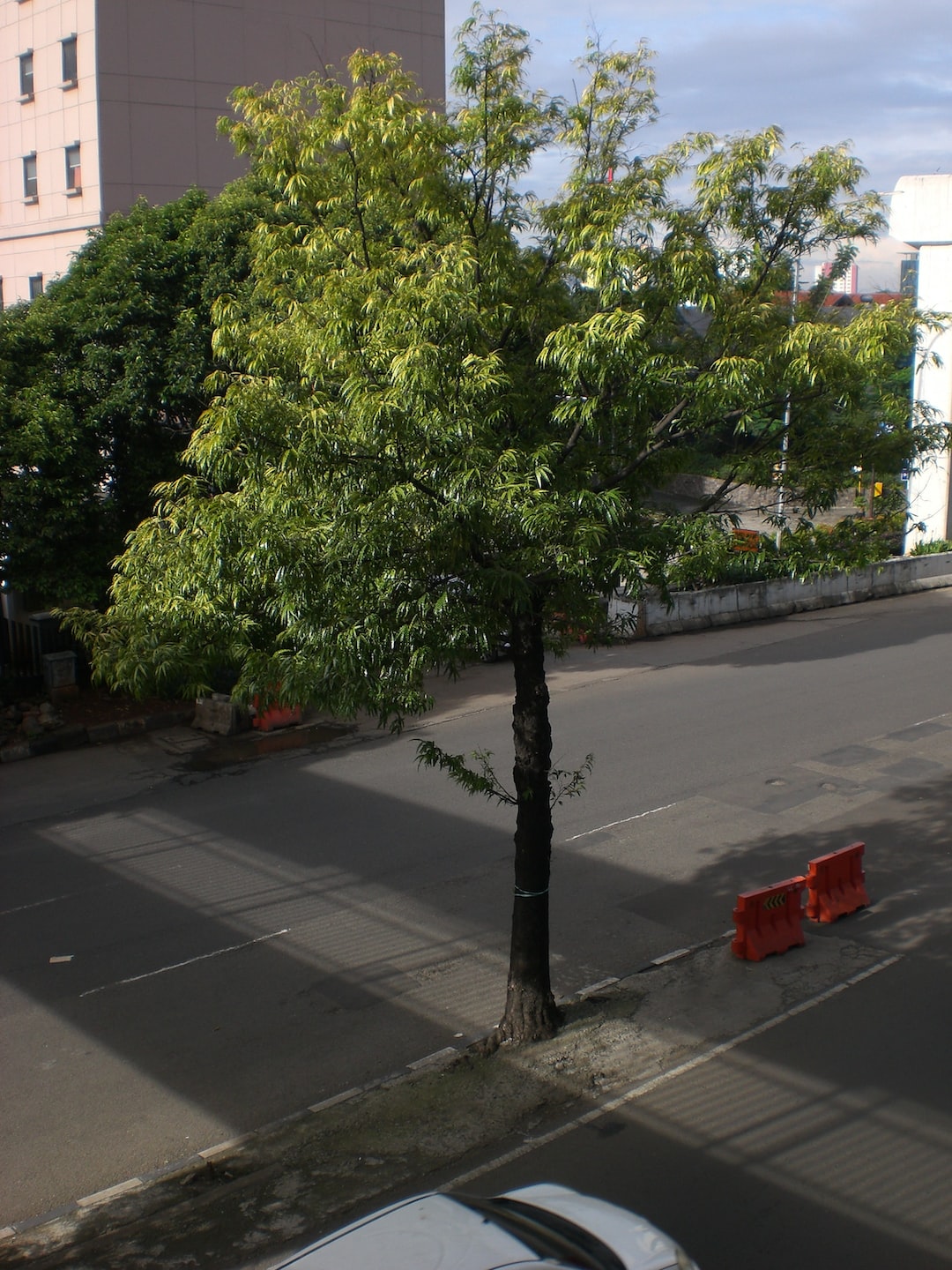Exploring the Potential of Vertical Farming in Urban Areas: Humanitarian aid for developing countries
The increasing global population and rapid urbanization have put tremendous pressure on food production systems worldwide. Developing countries often face challenges in meeting the nutritional demands of their populations due to limited agricultural resources, land scarcity, and an inadequate infrastructure. In this context, the emerging field of vertical farming holds significant promise, particularly in urban areas, which are characterized by limited space availability.
Vertical farming refers to the practice of growing crops in vertically stacked layers, often in controlled environments such as indoor warehouses or high-rise buildings. By utilizing advanced technologies like hydroponics, aeroponics, and LED lighting, this innovative method enables the cultivation of a variety of crops with minimal water consumption and without relying on fertile soil or favorable weather conditions.
One of the key advantages of vertical farming is its potential to revolutionize food production in densely populated urban areas, especially in developing countries. With the ability to grow a large volume of crops in a smaller area, vertical farming can address the issue of land scarcity and reduce the need for long-distance transportation of food. This has important implications for humanitarian aid efforts in these areas as it can significantly enhance the availability and accessibility of nutritious food for vulnerable populations.
Moreover, vertical farming offers several sustainability benefits that align with the goals of humanitarian aid in developing countries. By requiring up to 95% less water compared to traditional agriculture methods, vertical farming conserves this precious resource, which is often scarce in many regions. Additionally, the controlled environment of vertical farms allows for year-round crop production, optimizing the farming process and minimizing waste. This prevents dependency on seasonal fluctuations and reduces food insecurity in vulnerable communities.
Furthermore, vertical farming can empower local communities and create economic opportunities in developing countries. The technology-intensive nature of vertical farming necessitates skilled labor, providing employment prospects for the youth and marginalized populations. The ability to grow a diverse range of crops also grants farmers the flexibility to adapt their production to local preferences and demands, making them less reliant on imported goods.
While vertical farming undoubtedly presents immense potential for humanitarian aid in developing countries, several challenges must be addressed to facilitate its adoption. High initial investment costs, lack of technical expertise, and limited public awareness may hinder the widespread implementation of this technology. Hence, it is crucial to promote research and development, foster public-private collaborations, and devise supportive policies that incentivize investment in vertical farming.
In conclusion, the exploration of vertical farming represents a significant breakthrough in urban agriculture that can bolster humanitarian aid efforts in developing countries. With its ability to maximize crop yields, optimize resource utilization, and provide economic opportunities, this innovative farming method has the potential to revolutionize food production, increase food security, and ultimately improve the lives of millions in need. By focusing on unlocking the advantages of vertical farming, we can work towards sustainable and resilient food systems in urban areas, ensuring humanitarian aid successfully reaches those who need it the most.
For more information visit:
Agro Relief | Humanitarian aid for developing countries
https://www.agrorelief.org/
AgroRelief.org: Cultivating Hope, Empowering Communities – Join us in our mission to end hunger, promote sustainable agriculture, and uplift communities worldwide. Together, we can sow the seeds of change.

